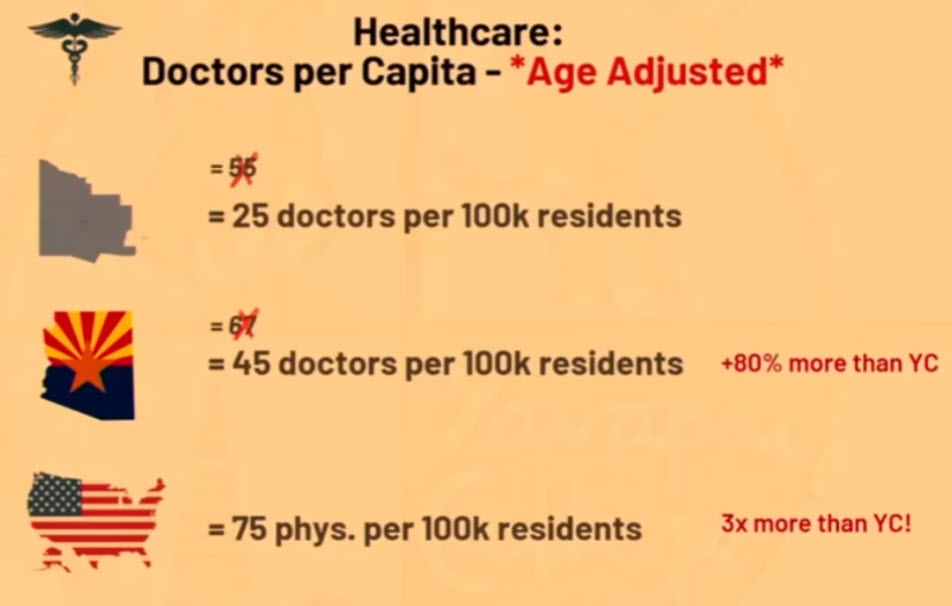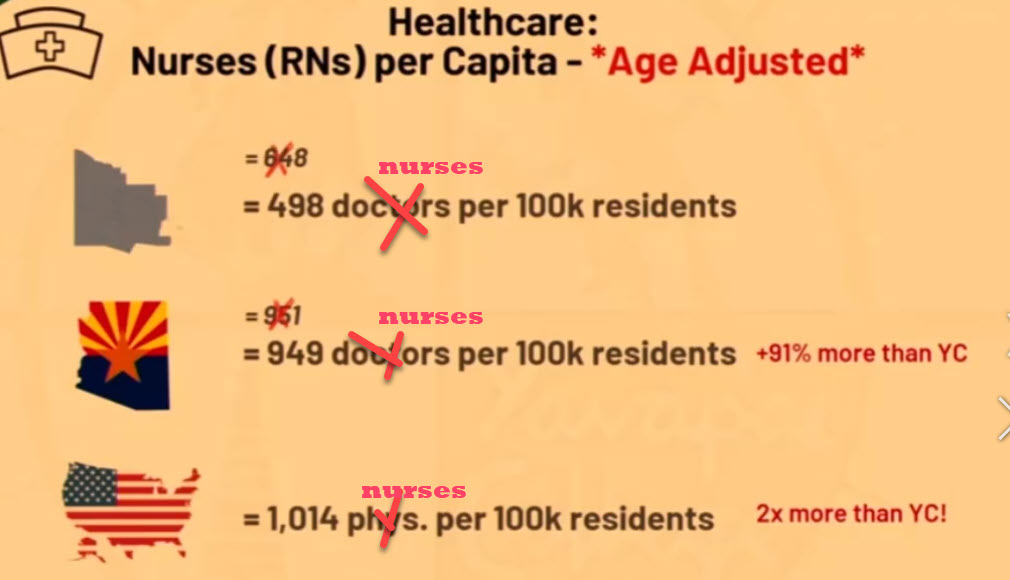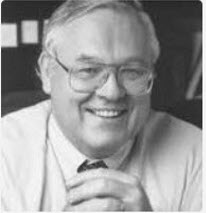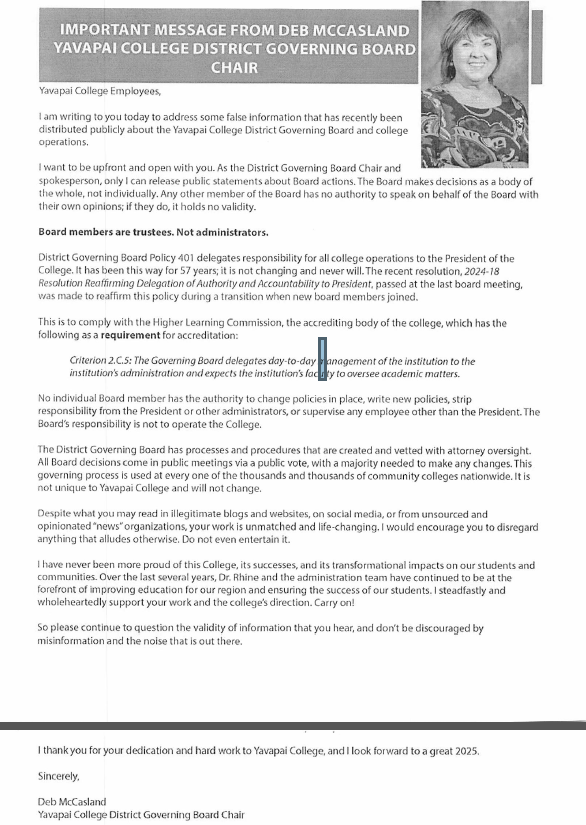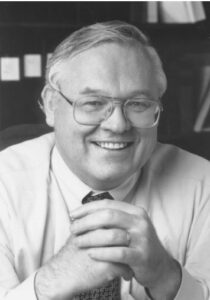Is Zoom being used by Yavapai Community College District Governing Chair as a convenient tool to control and cut off unwanted discussion?
 OPINION: In a perplexing display of opacity, the chairperson of Yavapai Community College’s District Governing Board, Ms. Deb McCasland, has repeatedly insisted that unspecified “safety concerns” prevent the Community College’s District Governing Board from holding in-person public meetings. (For example, in-person public meeting on the Verde Campus once scheduled for this month.) Yet, despite weeks passing since announcing there were “safety concerns,” she refuses to elaborate on what these concerns entail or provide any evidence to substantiate them.
OPINION: In a perplexing display of opacity, the chairperson of Yavapai Community College’s District Governing Board, Ms. Deb McCasland, has repeatedly insisted that unspecified “safety concerns” prevent the Community College’s District Governing Board from holding in-person public meetings. (For example, in-person public meeting on the Verde Campus once scheduled for this month.) Yet, despite weeks passing since announcing there were “safety concerns,” she refuses to elaborate on what these concerns entail or provide any evidence to substantiate them.
Meanwhile, the public sees no signs of any credible threat—no incidents, no warnings, and nothing to suggest that an in-person meeting would pose any risk beyond the ordinary. The absence of a clear explanation has only deepened skepticism, raising questions about whether these so-called safety concerns are legitimate.
This refusal to engage in transparency has left many wondering whether the claim of safety is merely a convenient pretext to control meetings. By relying on Zoom, the chair can dictate the flow of discussion with a click of a button—muting dissent, cutting off Board members she does not favor, and silencing the public at will.
Moreover, instead of promoting open dialogue and accountability, this approach suggests that the Board’s leadership is more focused on controlling the narrative than fulfilling its responsibility to the community it was elected to serve.
 OPINION: Some members of the Yavapai Community College District Governing Board seem to harbor a strong dislike for the newest elected member, William Kiel. (Most likely viewing him as asking too many questions; being too persistent, wanting greater transparency, and doesn’t necessarily agree with all their views.) That animosity became evident at the outset of the February 18 Board meeting when Kiel attempted to speak to a motion before it had been voted on. In response, the Chair McCasland employed a sleight-of-hand maneuver to pass the motion, bending procedure just enough to disguise what some feel was her real intent, which was to muzzle Kiel.
OPINION: Some members of the Yavapai Community College District Governing Board seem to harbor a strong dislike for the newest elected member, William Kiel. (Most likely viewing him as asking too many questions; being too persistent, wanting greater transparency, and doesn’t necessarily agree with all their views.) That animosity became evident at the outset of the February 18 Board meeting when Kiel attempted to speak to a motion before it had been voted on. In response, the Chair McCasland employed a sleight-of-hand maneuver to pass the motion, bending procedure just enough to disguise what some feel was her real intent, which was to muzzle Kiel. OPINION: Fourth District Yavapai Community College District Governing Board member Patrick Kuykendall launched a vicious personal attack on First District Representative William Kiel during the February 18 Governing Board meeting. The outburst occurred amid a discussion on the authority and accountability of Yavapai’s president, Dr. Lisa Rhine, and the adoption of a resolution that vested virtually all power in her.
OPINION: Fourth District Yavapai Community College District Governing Board member Patrick Kuykendall launched a vicious personal attack on First District Representative William Kiel during the February 18 Governing Board meeting. The outburst occurred amid a discussion on the authority and accountability of Yavapai’s president, Dr. Lisa Rhine, and the adoption of a resolution that vested virtually all power in her. OPINION: At Yavapai Community College, President Dr. Lisa Rhine’s leadership has fostered a pervasive culture of fear among faculty and staff. Employees risk termination for as little as engaging with a District Governing Board member or responding to media inquiries—a directive Dr. Rhine has enforced with unmistakable clarity.
OPINION: At Yavapai Community College, President Dr. Lisa Rhine’s leadership has fostered a pervasive culture of fear among faculty and staff. Employees risk termination for as little as engaging with a District Governing Board member or responding to media inquiries—a directive Dr. Rhine has enforced with unmistakable clarity.
